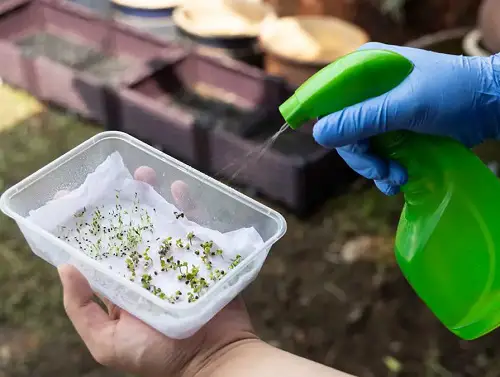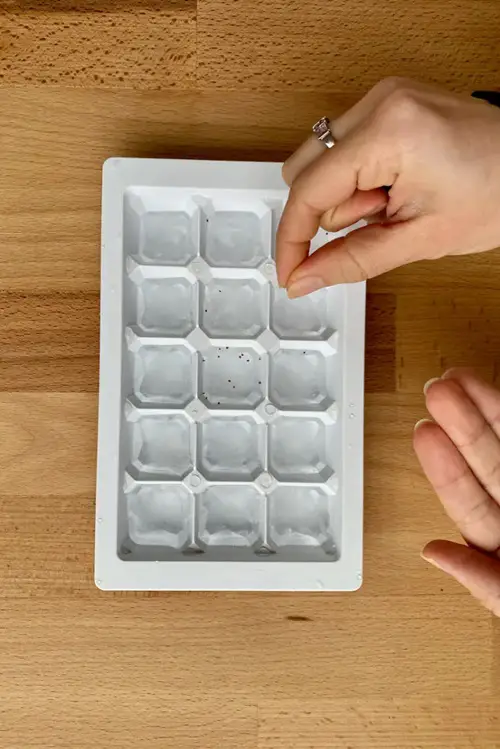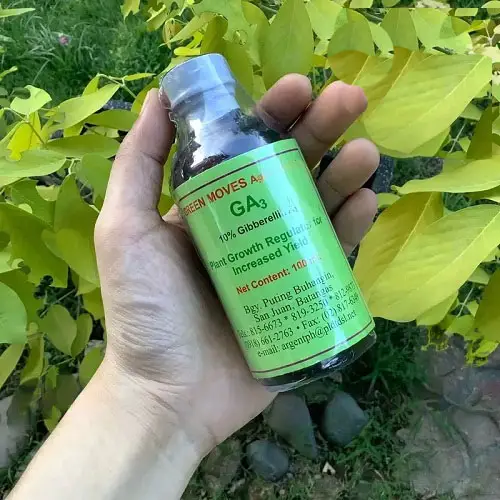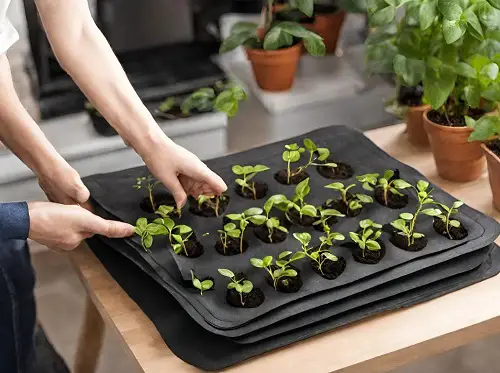If you want to be an expert in plant propagation, try these different ways to pre sprout seeds for faster germination.
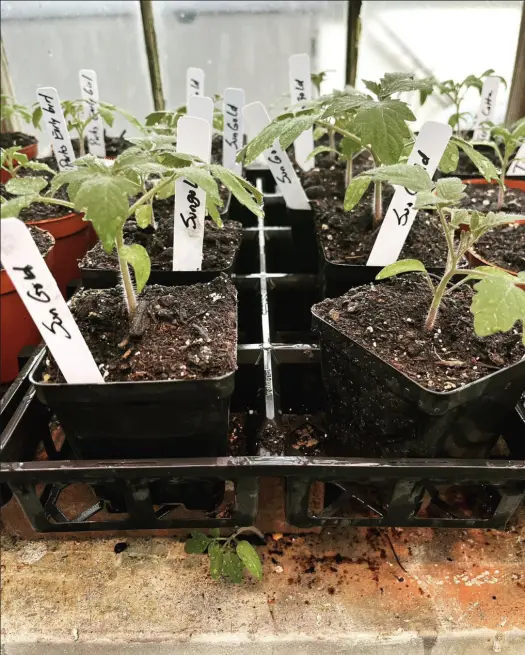
Pre-sprouting seeds is a budget-friendly way to maximize your plant propagation success. If you follow these Ways To Pre-sprout Seeds, you will eliminate the annoying wait time to germinate seeds!
Ways To Pre-sprout Seeds For Faster Germination
1. Using A Wet Paper Towel
In this method, you just need to moisten a paper towel thoroughly with water. Then, place the seeds evenly spaced on one half of the paper towel and fold the other half of the paper towel over the seeds to cover them. Seeds of beans, peas, and lettuce are ideal to pre-sprout through this method as the moist environment encourages their quick germination.
Wait a few days to a week to see the seeds germinate.
2. By Soaking In Water
This technique is very straightforward. All you need to do is get a container of water and seeds of your choice for pre-sprouting. In case the seeds are hard-coated, you have to ensure that they are soaked for 24 hours.
After soaking, you will see tiny growth, which indicates that they are ready. Use this method to pre-sprout seeds like sunflowers and morning glories.
3. Scarification
Is a method of pre-sprouting seed by simply nicking a small part of the outer seed shell so that water can enter and the seed can germinate quickly. This technique is best when it comes to seeds with hard and rough coatings like morning glories and moonflowers, which are hard to pre-sprout by only soaking in water.
After you are done with scarification, just soak the seeds in water for 24 hours. Ensure that you do not cut too deeply into the endosperm.
4. Vinegar Soaking Method
The vinegar soaking method is an excellent approach to pre-sprouting seeds as it uses the acidic properties of vinegar, particularly apple cider vinegar, to soften seed coats and enhance germination. Use this method on seeds of peppers and okra to enhance water penetration.
Mix one part vinegar with four parts water to create a dilute solution and immerse the seeds overnight. This will allow the vinegar to break down any protective barriers hindering water absorption and trigger pre-sprouting.
5. Cold Stratification
In this technique, seeds are subjected to an artificial “thaw and freeze” period, which helps to stimulate germination. Exposure to cold temperatures helps to pre-sprout seeds, breaking dormancy and initiating germination.
This method is beneficial for seeds of wildflowers like coneflowers and black-eyed Susans because it mimics their natural winter conditions to break dormancy.
Depending on the seed variety, you can store the seeds in the refrigerator for a few weeks. Then, take them out and place them in a cool room for one week or more. This process is repeated a few times until the seeds sprout.
Note: In many cases, the process may take 2-3 months and hence requires a lot of patience
6. Using Hydrogen Peroxide Solution
You can prepare a solution of 3% hydrogen peroxide and water (1:4 ratio). Soak the seeds in this solution for 30 minutes to an hour.
Hydrogen peroxide will help sterilize seeds and promote germination by increasing oxygen availability. This is the suitable method for seeds of tomatoes and peppers.
This method not only helps you pre-sprout seeds but also reduces the risk of fungal infections during germination. It is like killing two birds with one stone!
7. Gibberellic Acid treatment
Gibberellic acid is a plant hormone that helps stimulate seed sprouting. To use it, dissolve gibberellic acid powder in water according to the manufacturer’s instructions and soak the seeds in this solution for a specified period, usually overnight.
For orchid and fuchsia seeds, the gibberellic acid method is the perfect way to go.
8. Bottom Heat Method
Just place the seed trays or pots on a heat mat or in a warm location, such as near a heater or on top of a refrigerator. The gentle bottom heat can speed up germination by providing optimal soil temperature.
This method is particularly useful for tropical or warm-season plants, like tomatoes and peppers, that require consistently warm soil to germinate efficiently.
9. Smoke Treatment
Also known as smoke stratification, you can use this method to pre-sprout plants’ seeds that are adapted to fire-prone ecosystems. Many seeds from such plants require exposure to smoke or certain chemicals found in smoke to break dormancy and initiate germination, which is where this method comes in.
You can either expose the seeds to actual smoke by burning specific plant materials like leaves or use commercially available smoke water or smoke extracts.
It works best for Protea, Pincushion, Acacia, Aloe, and Lobelia seeds.
10. Seed Scarification with Sandpaper
In this method, you must physically scratch the seed coat with sandpaper to allow water to penetrate and kickstart germination. Ensure that you gently rub the seeds with sandpaper to create small scratches on the seed coat without damaging the seed embryo.
After scarification, soak the seeds in water overnight. This can significantly improve germination rates for seeds with hard coats like morning glories and passionflowers.
11. Pre Soaking in Tea
Tea contains various compounds, including tannins and antioxidants, which can benefit seeds by promoting hydration and providing nutrients. All you have to do is prepare a weak tea solution (1 teaspoon tea in 500 ml of water). Steep for a few hours.
Allow the tea solution to cool to room temperature before soaking the seeds in it overnight. This method can be particularly beneficial for seeds of delicate or slow-germinating plants like basil and chamomile.


